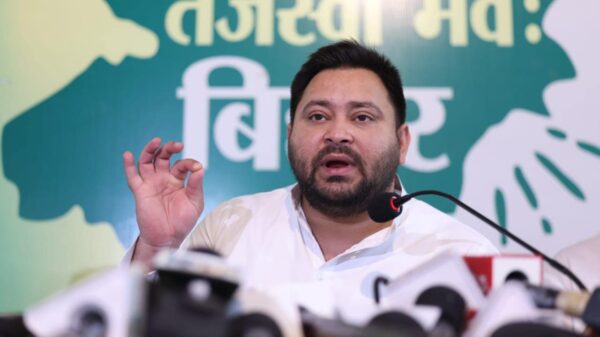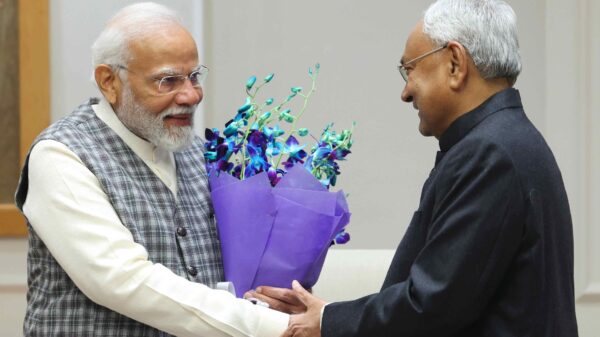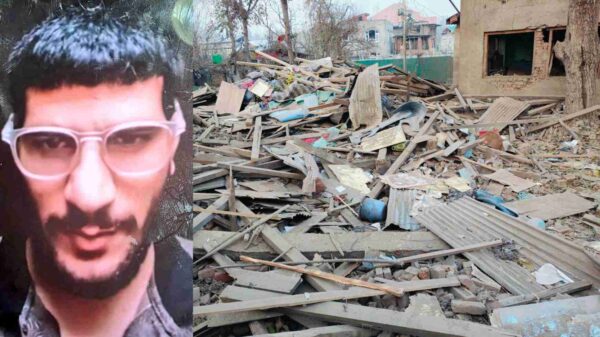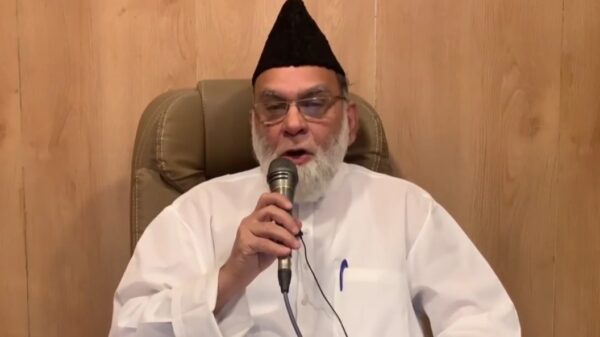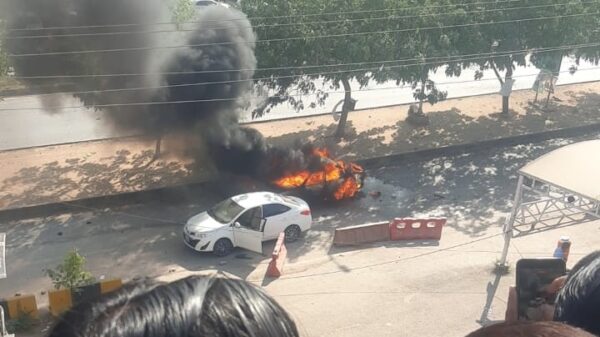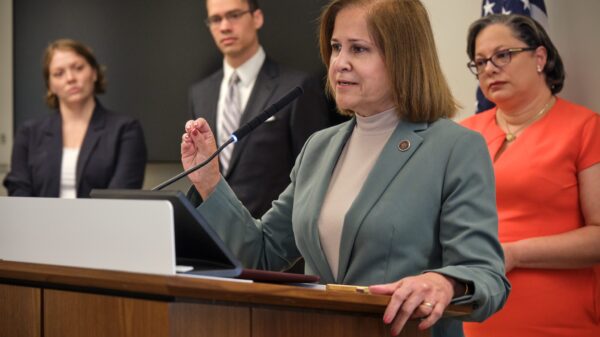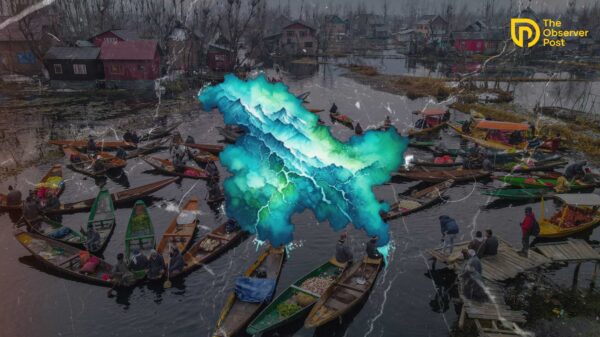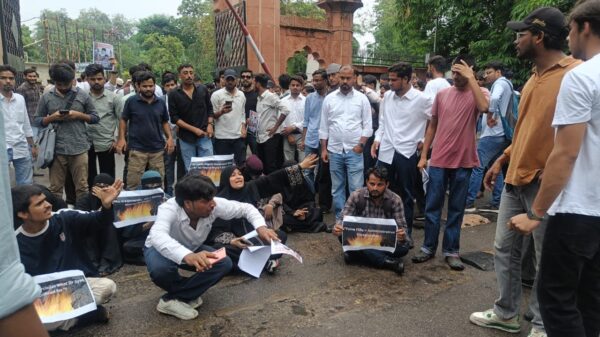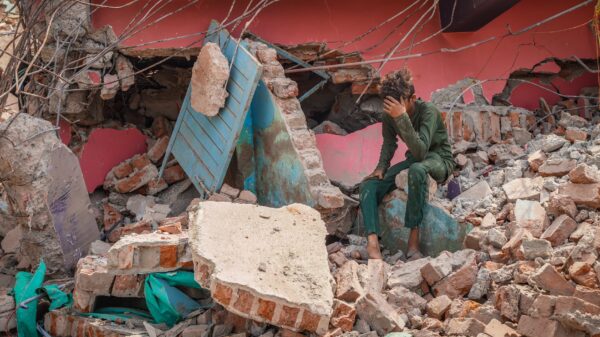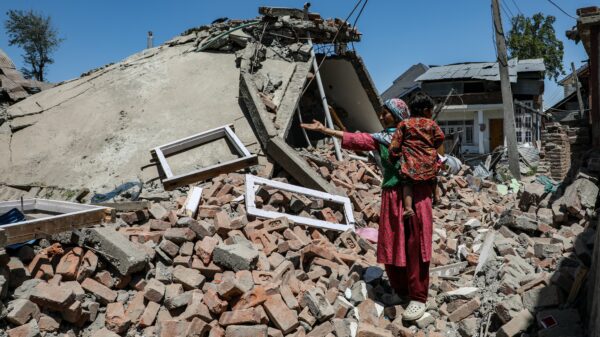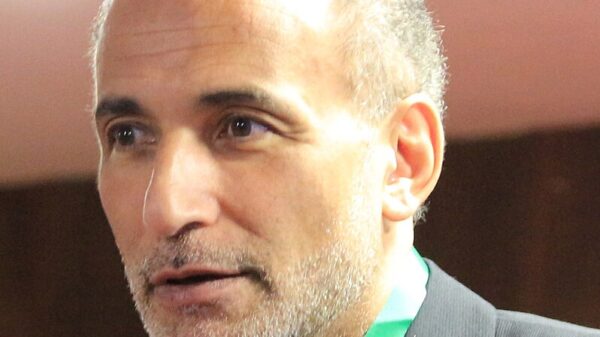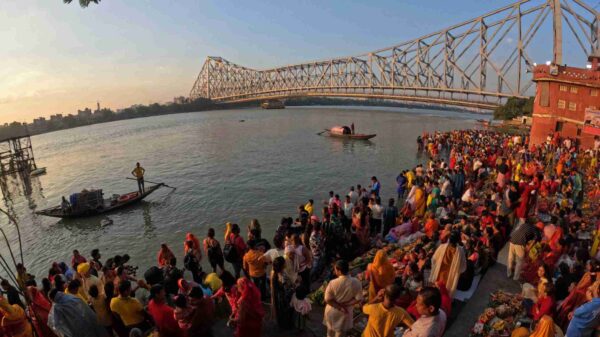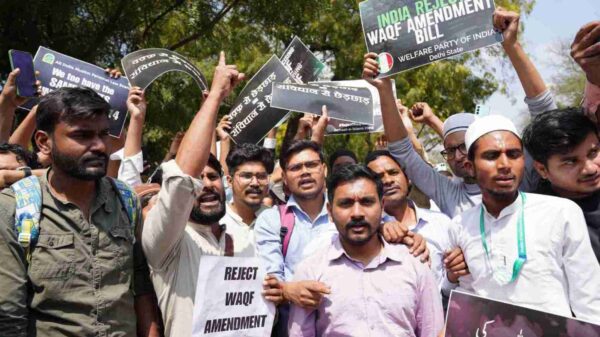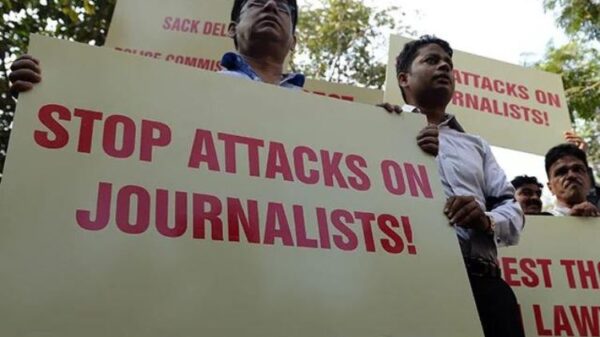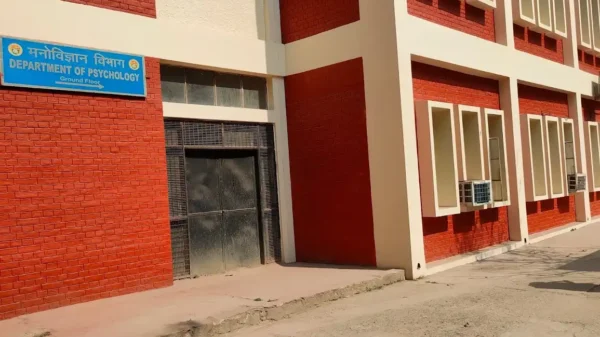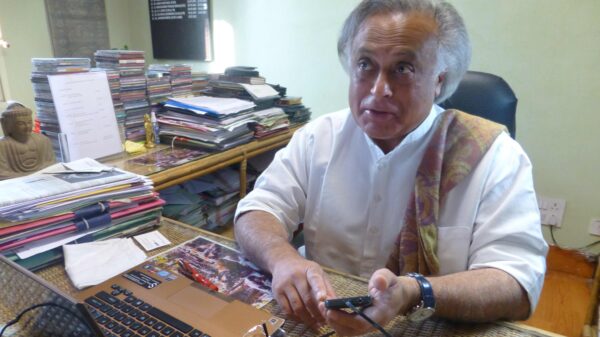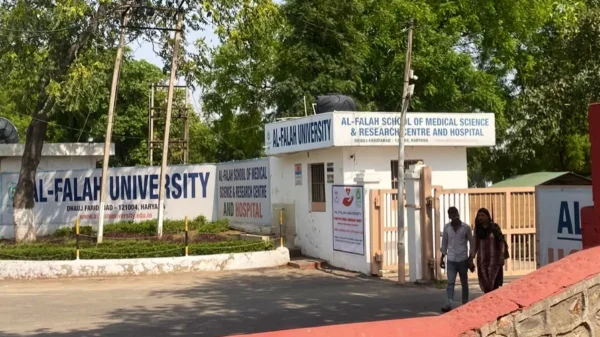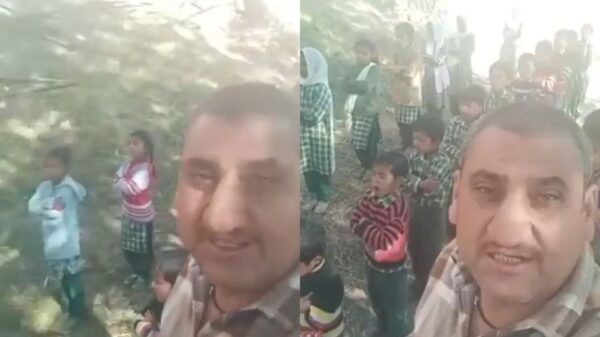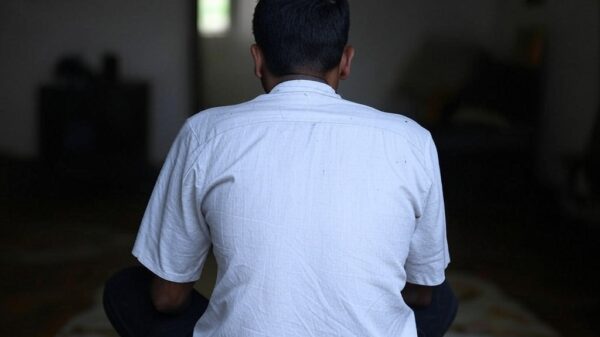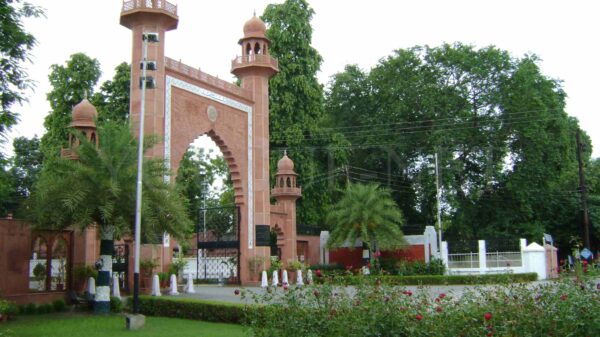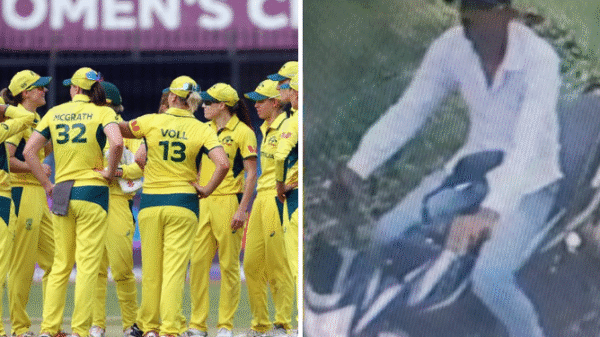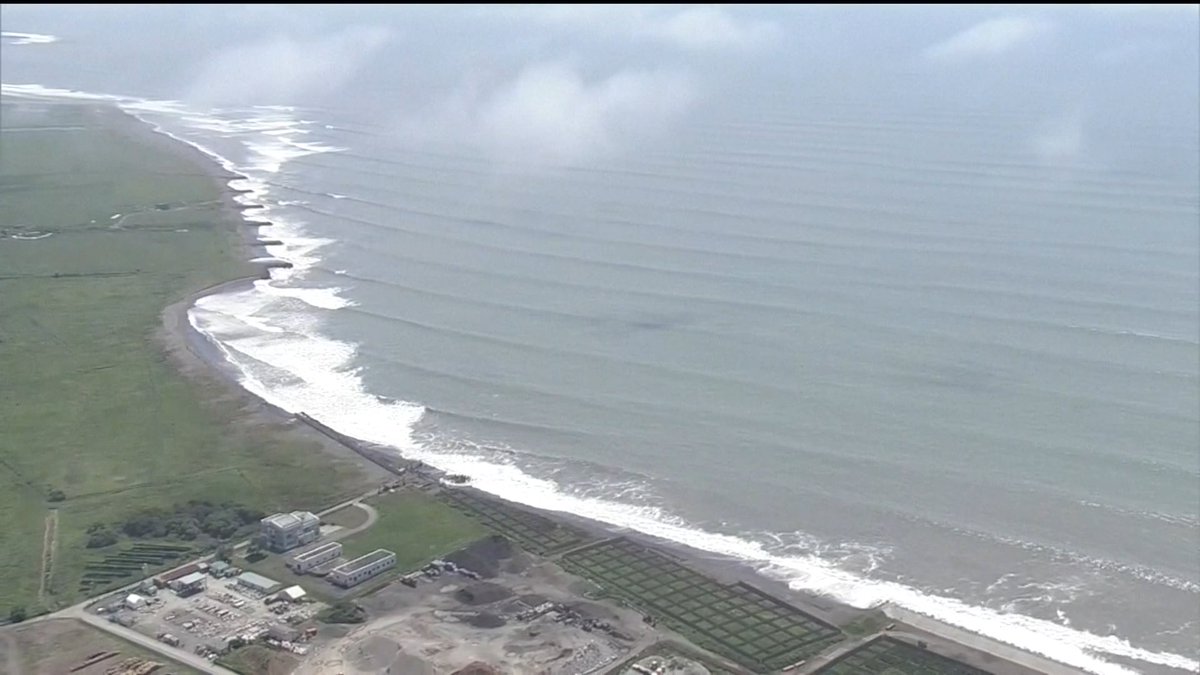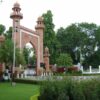A powerful earthquake measuring 8.8 on the Richter scale struck off Russia’s Kamchatka Peninsula on Wednesday, triggering tsunami waves that hit coastal areas of both Russia and Japan. According to the US Geological Survey, this was the sixth-strongest earthquake ever recorded. The quake occurred at a depth of about 19 kilometres and was located around 125 kilometres southeast of Petropavlovsk-Kamchatsky.
Tsunami waves reaching up to four metres caused significant damage to buildings and flooded parts of Russia’s Kuril Islands. The governor of Kamchatka, Vladimir Solodov, said in a video statement, “Today’s earthquake was the strongest in decades.” Russian authorities declared a state of emergency in the northern Kuril Islands, and residents of Severo-Kurilsk were evacuated.
In Japan, the quake’s effects were also felt strongly. Japan’s Meteorological Agency warned that tsunami waves of up to three metres could hit northern and eastern coastal regions, including areas as far south as Wakayama, near Osaka. NHK, Japan’s national broadcaster, cautioned that larger waves could still follow.
BNO News reported structural damage to Japanese ports and that four whales were found washed ashore after the tsunami. The quake’s epicentre was about 250 kilometres from Japan’s Hokkaido island, prompting emergency warnings and evacuations along Japan’s eastern coast.
Tsunami warnings were also issued for other parts of the Pacific region, including Hawaii, Guam, and parts of the United States. In California, the US National Weather Service issued warnings for a 100-mile stretch of the northern coast, from Cape Mendocino to the Oregon border. US President Donald Trump posted on Truth Social urging people in affected areas to “stay strong and stay safe.”
Online videos showed waves crashing into Russian coastal buildings and large areas of land being submerged. Emergency teams in both countries are continuing their response efforts amid fears of aftershocks or further tsunami activity.






